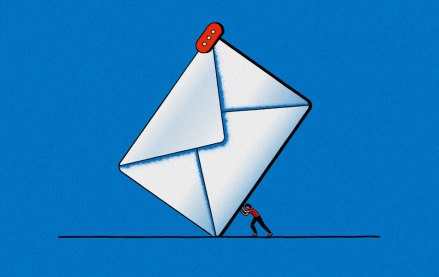Two months after launching its digital subscription model, The Atlantic is launching a new subscriber-only app.
The new app is free to download but 100% paywalled once users click through to a story. And while the editor-curated content on the Today tab is free to view — this includes article summaries and content packages made up of reported features, essays and even poems, along with articles from the magazine’s archive — to read the articles in full, the user must be a subscriber.
Unlike The Atlantic’s website, which relaunched its digital subscription service on Sept. 5 with a five-article metered paywall, The Atlantic app has a hard paywall that’s triggered once readers click on a story. But it also offers subscribers more flexibility: Digital subscribers have to pay for the year, but app subscribers can pay month to month.
The Atlantic has a five-person editorial team devoted to the app.
“We wanted to start with the app because it’s a more personal and habit-forming platform,” said Andrew Phelps, senior director of product, who took a page from the magazine’s previous app, The Atlantic Magazine app, and noted that while the number of users of the old app is relatively small, three-quarters of those subscribers visited it three or more times per week.
The app’s Today tab is updated twice a day in the morning and evening by a principal writer and its supporting editorial staff, who create a collection of editorial packages that are made up of a mix of new and old content contextualizing breaking news, feature stories and even original poetry.
The Atlantic hired two editorial staffers specifically to build out the app team whose jobs are to understand the editorial priorities in the newsroom, then pair new content coming in with content from the magazine’s 162-year-old catalog in order to create a unique editorial package that lives only on the app.
“It gives us a chance to demonstrate the human involvement in editing and presenting our stories,” said Michael Owen, deputy editor of The Atlantic. “There’s a lot more presence of the human beings behind the work,” such as high-level overviews of stories from the site that pull out original ideas or interpretations and notes from the day’s editors and writers.
One example Owen described from the app’s beta testing was a package created around an essay by novelist Jami Attenberg about solitude, which was paired with an 1857 writing by Ralph Waldo Emerson called “Solitude and Society,” as well as another story from a few years ago that touched this topic.
“It became a multidimensional portrait of solitude,” said Owen.
Publishers focused on consumer revenue quickly notice that more customer conversion happens on desktop, rather than mobile, so they tend to focus their marketing efforts there, said Matt Skibinski, reader revenue adviser for The Lenfest Institute. But because more consumption happens on mobile — and because push notifications offer direct lines to readers’ phone screens — apps offer an interesting opportunity.
“An app like this might help with conversion, but it’s really a retention play,” Skibinski said.
This story originally said the entire app was paywalled.
More in Media

Andre ‘Typical Gamer’ Rebelo hits 1 million followers on Fortnite
As Epic Games looks to establish Fortnite as an alternative to platforms such as Roblox for metaverse-interested brands, seeing an individual creator reach one million followers could help convince more marketers to turn their attention to Fortnite Creative.

The Independent bets big on individual talent-led verticals with the launch of Independent Studio
The U.K.-based digital news publisher has signed YouTube creator Alan Clery as creative director to kick off the launch of Independent Studios, a unit that will produce a new crop of individual talent-led videos, newsletters and podcasts.

Creators are ditching Substack over ideological shift in 2025
The writers who left Substack in early 2025 represent a second wave after an initial burst of Substack creators left the platform in January 2024.








